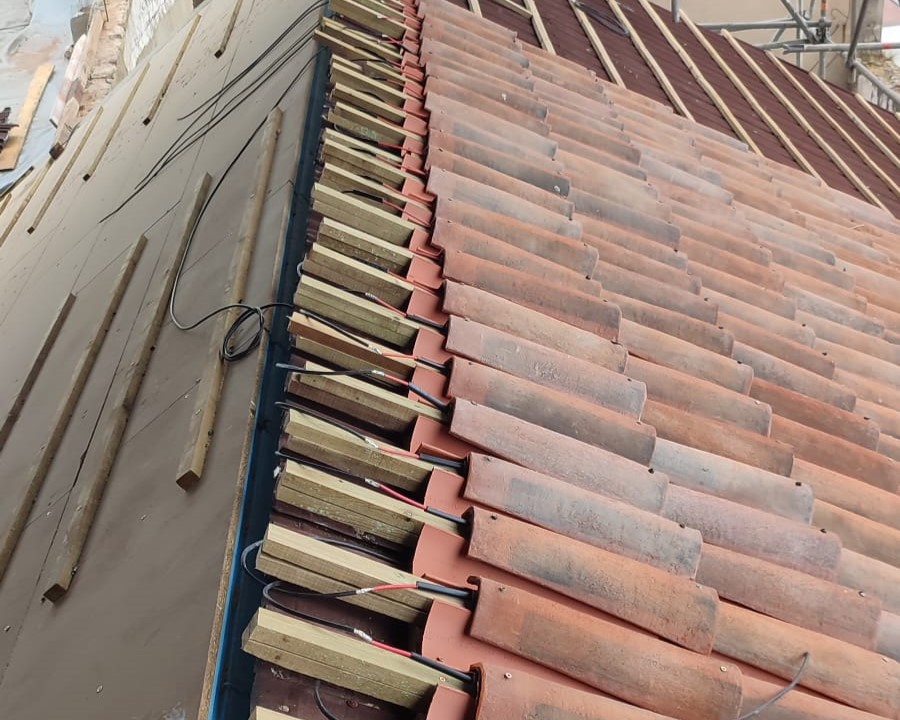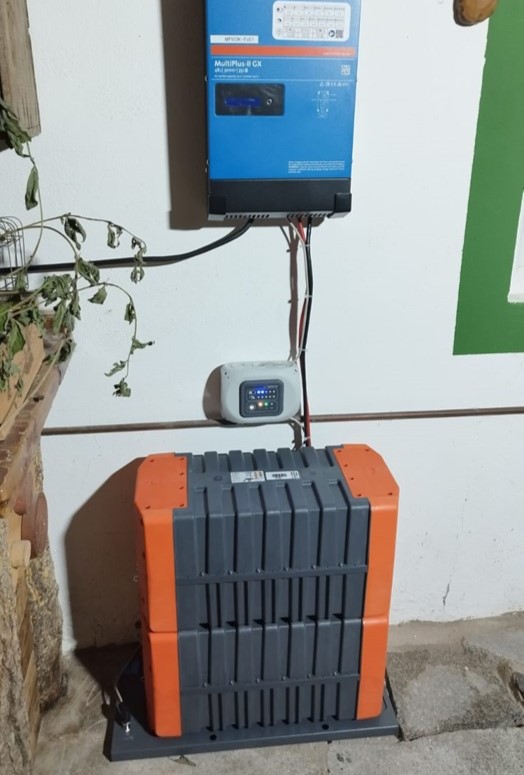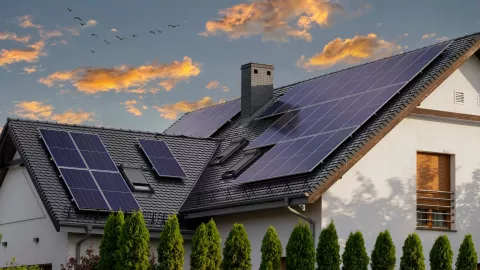Energy Communities play a key role in the energy transition. To maximize their potential, NEW is focusing on building integrated photovoltaics, energy storage, and digital energy-sharing platforms, paving the way for self-sufficient communities.
As cities strive for sustainability, Renewable Energy Communities (RECs) emerge as key players in this transition, already experiencing growth with a promising boom on the horizon. To fully capitalize on REC potential and ensure large scale adoption, R&D is already focusing on the next REC advances. EDP NEW currently works with three promising technologies: Building Integrated Photovoltaics (BIPV), energy storage, and digital platforms for energy sharing. Together, they can pave the way for sustainable, self-sufficient communities.
BIPVare systems that incorporate PV materials directly into building components (roofs, facades, or windows), and are designed to blend seamlessly with architectural elements, expanding the surface available for decentralized installed capacity. In POCITYF project, coordinated by EDP NEW, BIPV solutions are being installed and tested in the Portuguese UNESCO heritage city of Évora, together with innovative collective self-consumption schemes. Despite higher costs and longer payback periods, BIPV technology offer a promising solution for decarbonizing European historically protected city centres.

Photovoltaic roof tiles - Integration of BIPV technology into the roof tiles of the Paços do Concelho building in Évora to produce solar energy without interfering with the building's architecture.
RECs energy performance can be enhanced with storage technologies, both at member level (connected behind-the-meter) or community-level (installed on the distribution grid). These technologies can maximize self-consumption by storing generation surplus in batteries or used for pre-heating/cooling a space and water, and discharging when required. It allows energy cost reduction by charging during low electricity prices, and consuming/selling when prices are high. Studies show that electricity costs can be reduce up to 15% using storage installations in a REC. Furthermore, when proper markets are established, additional revenues for REC will be available through the provision of grid services.
Digitalizationis key to maximize energy communities’ full potential, by enhancing their operation. By leveraging energy sharing capabilities through digital optimization, communities can efficiently allocate and utilize local renewable energy sources, boosting self-consumption and self-sufficiency. Digital platforms, such as innovative local peer-to-peer energy markets, can enable real-time monitoring and management, empowering members to actively participate in energy decision-making.

Second life battery for an electric vehicle, installed in Évora as part of POCITYF
In summary, the integration of advanced technologies like BIPV and energy storage, coupled with digitalization and innovative energy sharing platforms, can overcome some of the barriers to energy communities adoption and ensure a sustainable, self-sufficient future.
Continue reading

Empowering citizens in energy transition


